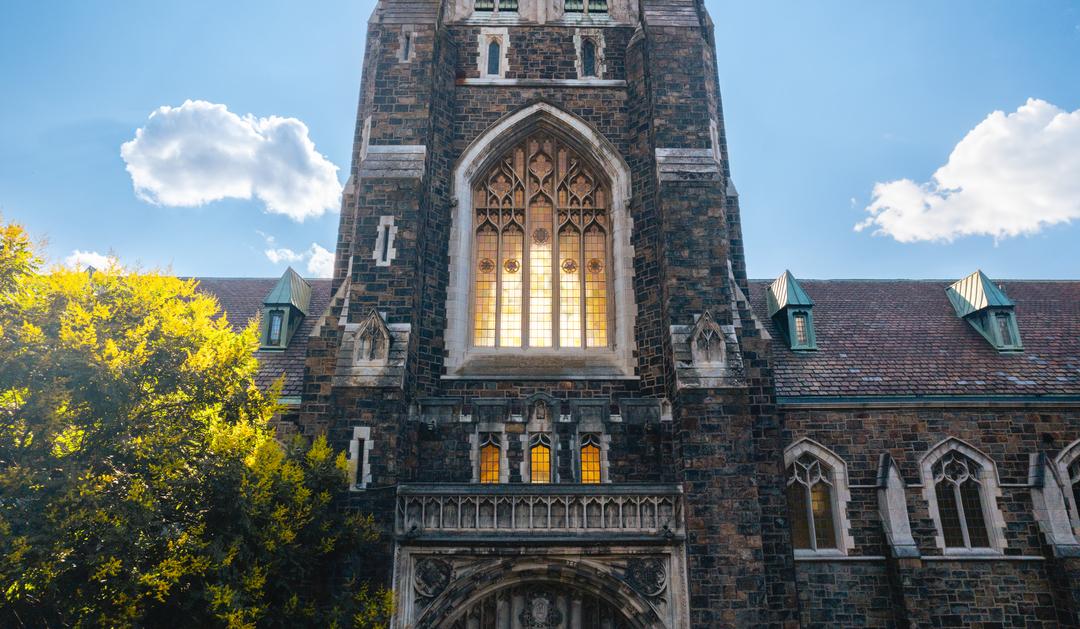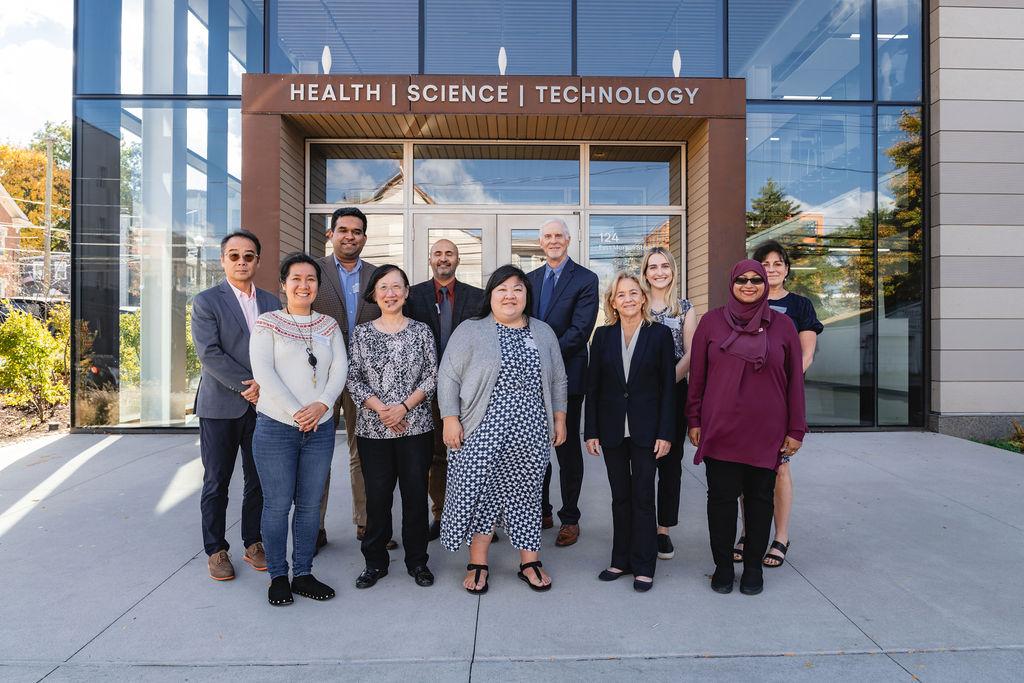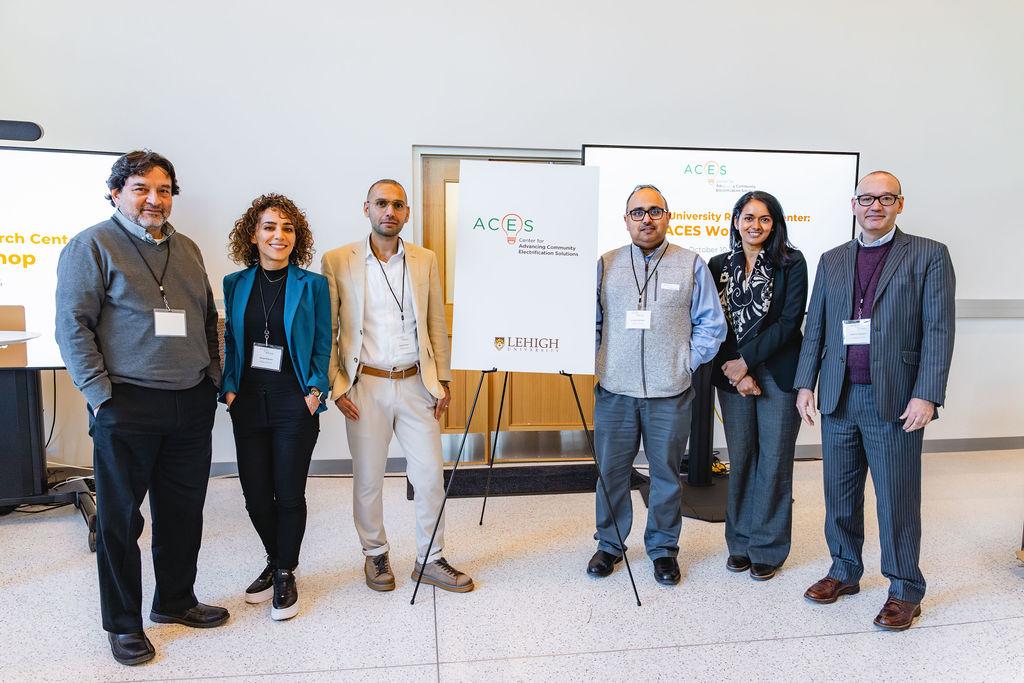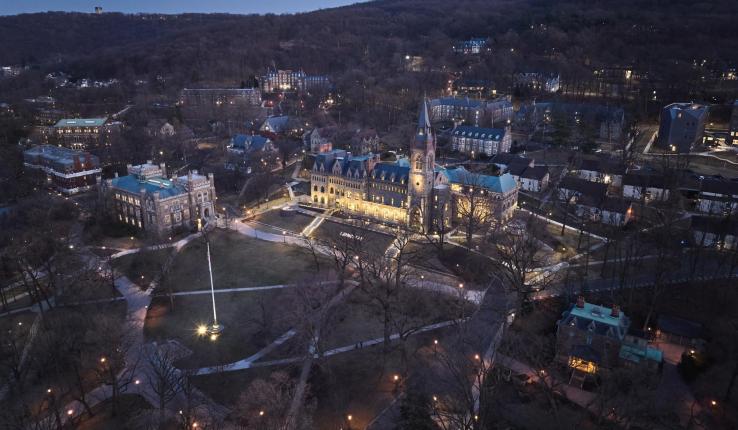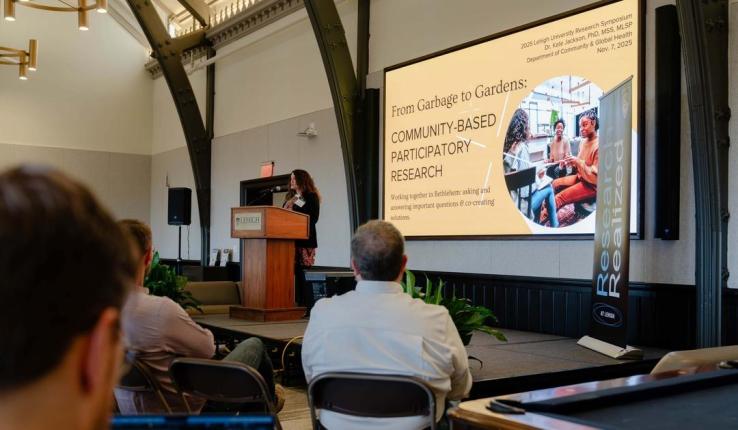“ACES aims to deliver energy independence and efficiency to a range of communities through electrification,” Kishore said, “which relies on electricity to meet energy needs and is a growing force in our economy. It is predicted that electricity needs will grow significantly in the next several decades as we switch to power many of our energy-intensive processes through electricity and with increased demand from energy-intensive computing in data centers.”
Kishore noted that work originating from the ACES Center may be applied to understanding communities that are seeing the increased use of electric vehicles, increased dependence on electric pumps to run water distribution systems and higher electricity demands due to power requirements of smart manufacturing facilities and AI data centers.
ACES will combine technology solutions with community needs, helping to reduce energy costs and promote energy security and independence. Faculty affiliated with the center will conduct interdisciplinary research in engineering, economics, social science, policy and data science to assess how to optimize functions and community impact of electricity-sheds. With strong partnerships and workforce development initiatives, ACES will lead the way in making electrification scalable and accessible.
“Electrification of different sectors should not be done in silos, particularly since electrification makes them more and more tightly coupled to the power grid and therefore to each other,” Kishore said. “Our ACES team will leverage Lehigh's expertise and experience to understand the coupling between these different types of electrical loads and how the grid can be improved to jointly handle them.”
The ACES team has been developing concrete examples and partnerships their team might develop addressing community-scale electrification.
“[One example is] electrification of coastal communities which face challenging energy and water needs and very high costs,” said Banerjee. “Another example could be electrification of warehousing districts and fleet operators, which is a Lehigh Valley concern. We could also be looking at electrification of industrial parks and campuses through the concept of virtual power plants.”
To enhance their research, Banerjee said the ACES team will leverage the interdisciplinary ecosystem within Lehigh. Faculty researchers committed to ACES are experts in a range of engineering and social science fields. The graduate and undergraduate students involved in ACES projects will benefit from this interdisciplinary work and engage in research that aims to deliver community impact, Banerjee said.
Small Cities Lab Awarded Planning Grant
In addition to naming these two new University Research Centers, a planning grant was awarded to Lehigh’s Small Cities Lab, led by Wes Hiatt, assistant professor in the art, architecture and design department and Karen Beck Pooley, professor of practice in the political science department. The Small Cities Lab is focused on the distinctive challenges faced by smaller cities typically overlooked in urban research as they tackle pressing issues such as affordable housing, economic development, public health and public history. The first research center of its kind at Lehigh, the Small Cities Lab is designed as an action-oriented collaborative hub that directly engages with communities to co-create practical, scalable solutions tailored to the unique needs of small cities. Reflecting the complex nature of cities, the Lab merges interdisciplinary research and hands-on student involvement with participatory design with innovative local partnerships, creating the potential to be an agent of transformational change.
The Lab will build on the success it has already seen in its first year by merging the expertise of faculty in multiple disciplines within the College of Arts & Sciences, College of Business, College of Health and the P.C. Rossin College of Engineering & Applied Science.
“The work performed in the Small Cities Lab is integral to overcoming challenges faced by less expansive and populous metropolitan areas,” said Urban. “This planning grant will help advance research and drive collaboration, and ultimately improve and enhance the vibrancy of small cities including those in the Lehigh Valley.”
A Priority Within the Lehigh Strategy
The new university research centers and Small Cities Lab directly align with the priorities outlined in the Lehigh Strategy, Inspiring the Future Makers. One of the strategy’s initiatives is investing significantly in interdisciplinary research, acknowledging that critical problems require a holistic approach.
“The goal of establishing these URCs is to identify areas where, through strategic investment and careful planning, Lehigh can lead research nationally and internationally,” said Urban. “We are already seeing great momentum from the URC in Catastrophe Modeling, which is leading to enhanced visibility and philanthropic support. I am hopeful that these new URCs will develop in similar ways.”
During the planning phase of the Lehigh Strategy in 2022, community feedback indicated interdisciplinary research was emerging as an institutional priority, specifically in the areas of innovation for sustainable and resilient infrastructure, assessing and improving health by working outside of healthcare settings and understanding conflict and change.
When the Lehigh Strategy debuted a year later, it included an initiative focusing on strengthening and investing in interdisciplinary research. With the launch of the Center for Catastrophe Modeling and Resilience in 2024, Lehigh reaffirmed its commitment to this initiative. These two additional university research centers underscore the importance of and need for interdisciplinary research and collaboration at the university. The goal outlined in the Lehigh Strategy is to establish multiple centers of prominence over time.
Lehigh has been named an R1 research university by the Carnegie Classification of Institutions of Higher Education. Universities with this designation conduct the highest level of research activity within the Carnegie Classification. Lehigh is the only university in the Lehigh Valley to have this designation, and one of seven in Pennsylvania. Learn more.


